Vertical farming is becoming more recognized as a viable solution to India’s agricultural issues, which include a paucity of water and a restricted amount of potentially arable land. Due to the fact that vertical farming has the potential to change food production and there is a growing interest in vertical farming costs analysis in India, it is essential to have a solid understanding of the financial elements.
The costs associated with vertical farming are broken down in this article, including those for infrastructure, electricity, and maintenance. Additionally, the study investigates how horizontal farming solutions that are more inexpensive can pave the way for wider adoption.
Breaking Down Vertical Farming Costs in India for Beginners
1. Getting Started with a Vertical Farm: Setup Costs and Initial Expenses
In order to successfully launch a vertical farm, careful financial planning is required. The vertical farming setup cost includes expenses such as leasing a place, putting together the structure, and guaranteeing that water and power are available.
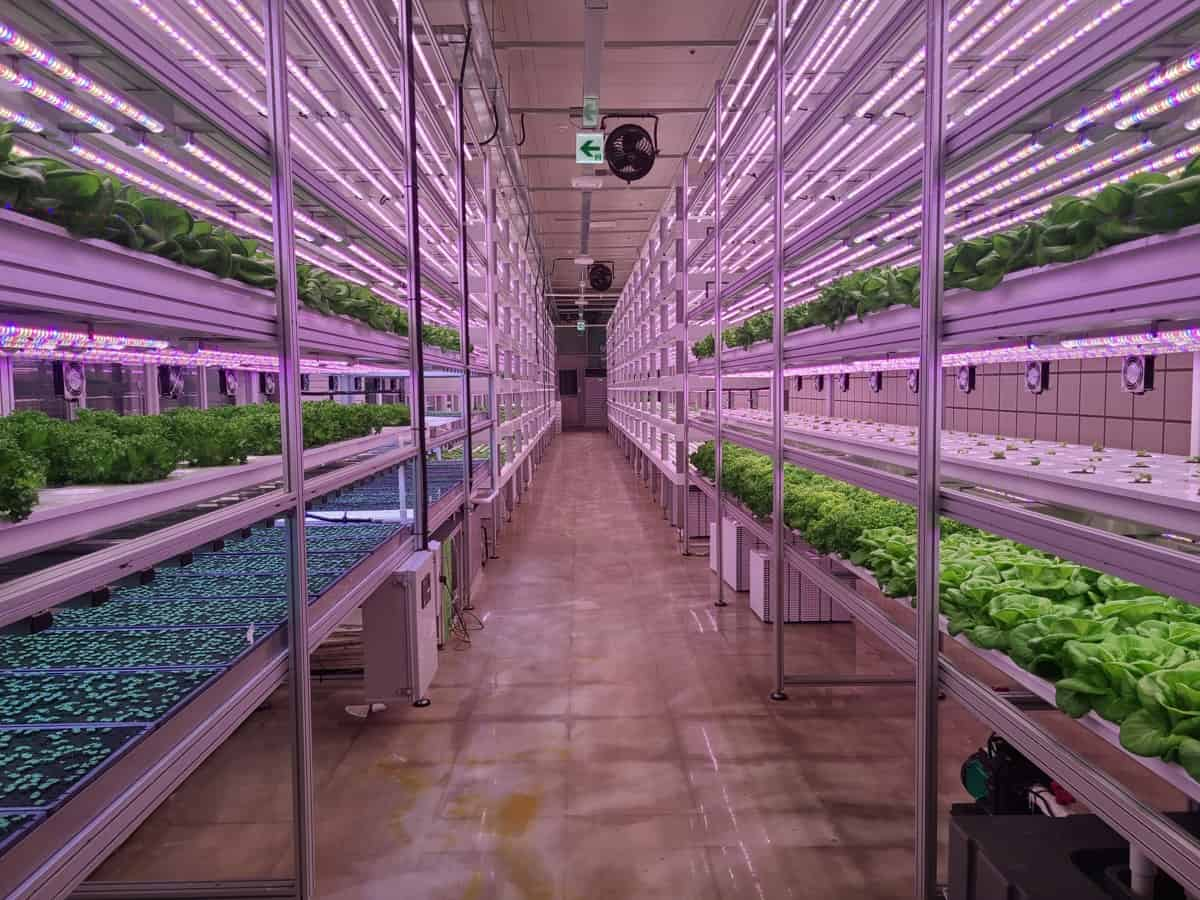
The cost of these fundamentals could range from ₹10 to ₹20 lakhs for a small urban farm, whereas larger commercial ventures could require ₹50 lakhs or even more. Whether you want to start a small rooftop business or a vast warehouse operation, the cost to start vertical farming will vary depending on your aims. The initial investment vertical farming naturally encompasses early selections as well, such as selecting between hydroponics and aeroponics, both of which have a substantial impact on your financial circumstances.
| Component | Small Farm (₹ Lakhs) | Medium Farm (₹ Lakhs) | Large Farm (₹ Lakhs) |
|---|---|---|---|
| Land Lease | 2.5 | 5.0 | 10.0 |
| Structural Frame | 3.0 | 6.0 | 12.0 |
| Utility Connections | 1.5 | 3.0 | 6.0 |
| Basic Equipment | 2.0 | 4.0 | 8.0 |
| Permits | 0.5 | 1.0 | 2.0 |
| Initial Planning | 0.5 | 1.0 | 2.0 |
2. Building the Foundation for Your Farm: Infrastructure Costs and Expenses
Investing in the appropriate infrastructure is necessary in order to create a vertical farm that is functional. In order to manage the moisture that is produced by irrigation systems, the vertical farm infrastructure cost includes the installation of multi-tiered racks, insulation, and long-lasting flooring.
The process of building vertical farm India frequently necessitates adaptation to the local environment. For example, coastal regions may require additional protection against humidity, which ultimately drives up expenses. The vertical farming facility expenses for a farm of medium size typically run from ₹5 to 15 lakhs, depending on whether you go for modular units or construct the facility from the ground up.
| Element | Modular (₹ Lakhs) | Custom (₹ Lakhs) | Coastal (₹ Lakhs) |
|---|---|---|---|
| Racking System | 1.5 | 3.0 | 3.5 |
| Insulation Material | 1.0 | 2.0 | 2.5 |
| Flooring Material | 0.8 | 1.5 | 1.8 |
| Ventilation Setup | 0.7 | 1.5 | 2.0 |
| Structural Support | 0.5 | 1.0 | 1.2 |
| Safety Features | 0.5 | 1.0 | 1.5 |
3. Investing in Cutting-Edge Technology: Tech Costs and Automation Expenses
The most important component of contemporary vertical farms is technology. Vertical farming technology cost comprises LED grow lights that are specifically designed for plant development as well as sensors that monitor factors such as soil pH and humidity.
There is a growing trend among farmers to adopt the concept of automation in vertical farming in order to expedite operations such as seeding and harvesting. The cost of dependable systems can range from ₹2-10 lakhs. The incorporation of smart vertical farming systems allows for the utilization of data-driven insights to increase yields, hence rendering the initial investment worthwhile for the long-term potential benefits.
| Tech Item | Basic (₹ Lakhs) | Standard (₹ Lakhs) | Advanced (₹ Lakhs) |
|---|---|---|---|
| LED Fixtures | 0.8 | 2.0 | 3.5 |
| Sensor Units | 0.5 | 1.5 | 2.5 |
| Automation Tools | 0.3 | 1.5 | 2.5 |
| Control Software | 0.2 | 0.8 | 1.0 |
| Installation | 0.1 | 0.5 | 0.8 |
| Calibration | 0.1 | 0.2 | 0.2 |
4. Hydroponic System Costs and Nutrient Expenses
There are certain expenses associated with hydroponics, despite the fact that it is a popular option for vertical farms. The hydroponics vertical farming cost encompasses several pieces of equipment, such as water pumps, pipelines, and tanks, which are utilized to supply plants with nutrients.
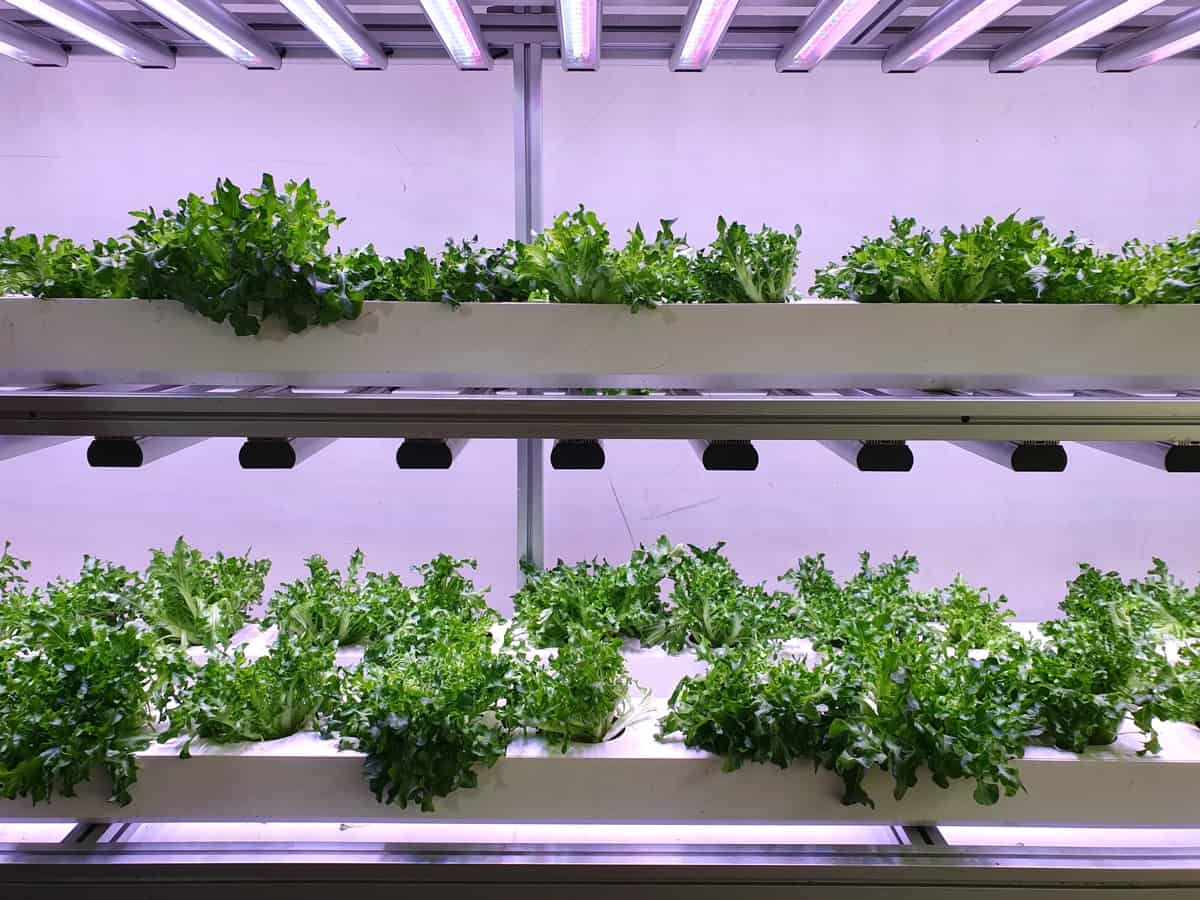
This cost typically ranges from ₹3 to ₹8 lakhs for a minimal setup. While various vertical farm growing systems, such as nutrient film techniques or deep water culture, offer versatility, the prices of these systems can vary significantly across the board. Depending on the crops that you cultivate, such as herbs or leafy greens, you will also need to include nutrient solution expenses in your budget. These expenses might range anywhere from ₹10,000 to ₹50,000 annually.
| Equipment | Minimal (₹ Lakhs) | Standard (₹ Lakhs) | High-End (₹ Lakhs) |
|---|---|---|---|
| Water Pumps | 0.5 | 1.0 | 1.5 |
| Pipeline Network | 0.7 | 1.5 | 2.0 |
| Nutrient Tanks | 0.8 | 1.5 | 2.0 |
| Fittings | 0.3 | 0.5 | 0.8 |
| Monitoring Tools | 0.2 | 0.5 | 0.7 |
| Setup Labor | 0.5 | 0.5 | 1.0 |
5. Powering Your Vertical Farm: Energy Costs and Sustainable Power Solutions
The operation of a vertical farm requires a consistent supply of electricity. Typically accounting for twenty to thirty percent of monthly expenditures, the vertical farming energy cost is driven by energy-hungry components like as grow lights and air conditioning installations.
The term electricity for vertical farms might result in bills ranging from ₹50,000 to ₹2 lakhs for a farm that is of a moderate size. In the long run, it is possible to reduce expenses by investigating sustainable vertical farming energy solutions, such as solar panels. However, the initial investment required to install these panels might be between ₹5 and 10 lakhs.
| Power Component | Small (₹ Lakhs/Yr) | Medium (₹ Lakhs/Yr) | Large (₹ Lakhs/Yr) |
|---|---|---|---|
| Lighting Power | 0.3 | 0.6 | 1.2 |
| Cooling Systems | 0.2 | 0.4 | 0.8 |
| Backup Generators | 0.1 | 0.2 | 0.4 |
| Solar Setup | 0.0 | 0.0 | 0.0 |
| Inverters | 0.0 | 0.1 | 0.2 |
| Wiring | 0.0 | 0.1 | 0.2 |
6. Hiring and Training Your Team: Labor Costs and Training Expenses
People are responsible for the successful operation of the farm. For a small crew, the vertical farming labor cost includes wages for technicians who control systems and laborers who conduct everyday duties, with the overall amount amounting to ₹2-5 lakhs annually.
Find skilled workers vertical farming who are familiar with hydroponics or automation is essential, despite the fact that their experience typically results in greater pay. An investment in training for vertical farming—which can cost anywhere from ₹20,000 to ₹1 lakh per individual—will guarantee that your team is capable of operating complex equipment with confidence.
| Role | Entry (₹ Lakhs/Yr) | Mid (₹ Lakhs/Yr) | Senior (₹ Lakhs/Yr) |
|---|---|---|---|
| System Technician | 0.3 | 0.5 | 0.8 |
| General Labor | 0.2 | 0.3 | 0.4 |
| Farm Supervisor | 0.4 | 0.6 | 1.0 |
| Trainer Fees | 0.1 | 0.2 | 0.3 |
| Admin Staff | 0.2 | 0.3 | 0.4 |
| Benefits | 0.1 | 0.1 | 0.2 |
7. Keeping Systems in Top Shape: Maintenance Costs and Repair Expenses
Consistent harvests require that you perform routine maintenance on your crop. The vertical farm maintenance cost encompasses the expenses incurred for the maintenance of lighting, pumps, and climate controls, which typically range from ₹1-3 lakhs annually.
In the case of vertical farming systems, continuous upkeep helps to prevent faults that could potentially interrupt production, such as a malfunctioning water pump that could spoil a crop cycle. Because equipment repair for vertical farming costs can come up unexpectedly, setting aside five to ten percent of your setup budget on an annual basis helps cover any surprises that may occur.
| Maintenance Task | Low (₹ Lakhs/Yr) | Medium (₹ Lakhs/Yr) | High (₹ Lakhs/Yr) |
|---|---|---|---|
| Light Servicing | 0.2 | 0.5 | 0.8 |
| Pump Checks | 0.2 | 0.4 | 0.6 |
| Climate System | 0.3 | 0.6 | 0.9 |
| Sensor Repairs | 0.1 | 0.2 | 0.3 |
| Tool Replacement | 0.1 | 0.1 | 0.2 |
| Spare Inventory | 0.1 | 0.2 | 0.3 |
8. Managing Water Efficiently: Water System Costs and Recycling Expenses
Even though water is essential, vertical farms only utilize a little amount of it. Despite the fact that the vertical farming water cost is very low due to the effectiveness of irrigation, the establishment of filtration and storage systems might potentially cost between ₹1-3 lakhs.
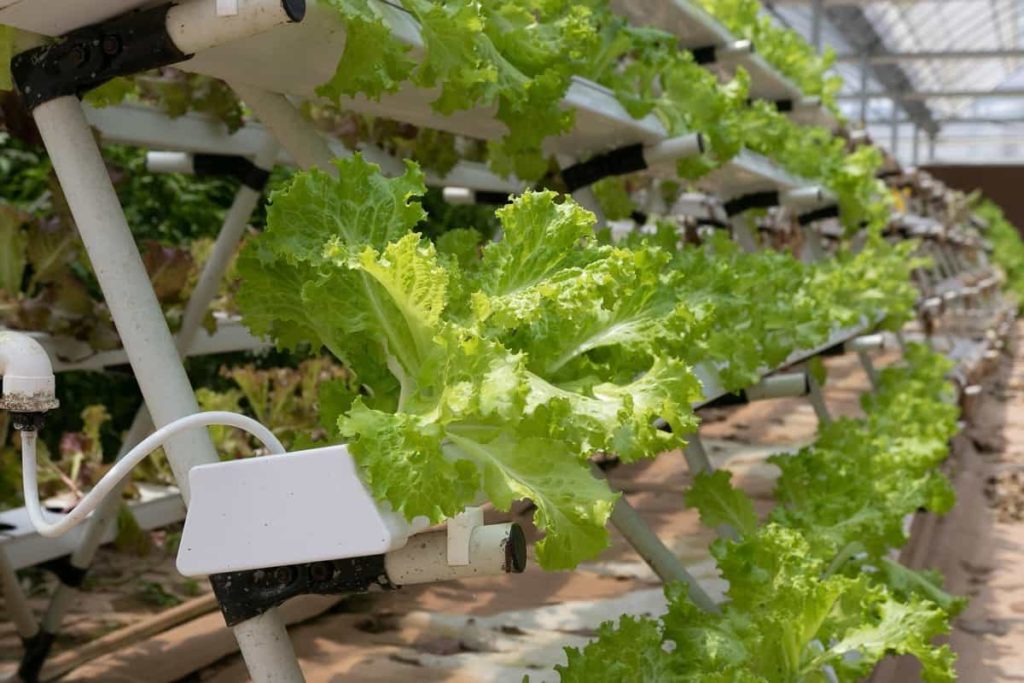
Compared to conventional farming, water recycling vertical farms allow for the reuse of up to 90 percent of the water used, which results in a reduction in water bills. Irrigation systems vertical farming that are more advanced, such as drip or mist arrangements, ensure that plants receive exactly what they require while keeping costs under control.
| Water Component | Basic (₹ Lakhs) | Standard (₹ Lakhs) | Advanced (₹ Lakhs) |
|---|---|---|---|
| Filtration Units | 0.3 | 0.6 | 1.0 |
| Storage Systems | 0.4 | 0.8 | 1.2 |
| Piping Network | 0.2 | 0.4 | 0.6 |
| Pump Systems | 0.1 | 0.2 | 0.3 |
| Control Valves | 0.1 | 0.1 | 0.2 |
| Setup Costs | 0.1 | 0.2 | 0.3 |
9. Sourcing Nutrients and Supplies: Nutrient Costs and Supply Chain Expenses
Plants cannot flourish without the appropriate nutrients. The term vertical farming nutrient cost refers to the expenses incurred by a mid-sized farm for specialist solutions for hydroponics, which range from ₹10,000 to ₹50,000 per month.
It is important to note that crop inputs vertical farming such as seeds and growing media (such as coco peat or perlite) contribute to the overall cost of the project. As a result of premium price, selecting organic nutrients vertical farms may result in a modest increase in expenses, but it may also attract buyers who are environmentally sensitive.
| Supply Item | Low (₹ Lakhs/Yr) | Medium (₹ Lakhs/Yr) | High (₹ Lakhs/Yr) |
|---|---|---|---|
| Seed Stock | 0.1 | 0.2 | 0.3 |
| Growing Media | 0.1 | 0.2 | 0.3 |
| Base Fertilizers | 0.1 | 0.2 | 0.3 |
| Containers | 0.0 | 0.1 | 0.1 |
| Packaging | 0.0 | 0.1 | 0.1 |
| Transport | 0.0 | 0.0 | 0.1 |
10. Controlling the Farm Environment: Climate Control Costs and HVAC Expenses
In order to provide optimal growth circumstances, it is vital to maintain them. At a cost of ₹3-10 lakhs, the vertical farming climate control cost encompasses heating, ventilation, and air conditioning (HVAC) systems that are designed to regulate temperature and humidity.
A system known as HVAC for vertical farms ensures that crops such as basil and strawberries thrive throughout the entire year, independent of the weather outside. Additional temperature control vertical farming technologies, including as fans or dehumidifiers, are helpful in fine-tuning the climate without exceeding the financial limits of the operations.
| Climate Item | Basic (₹ Lakhs) | Standard (₹ Lakhs) | Advanced (₹ Lakhs) |
|---|---|---|---|
| HVAC Systems | 1.0 | 2.5 | 4.0 |
| Ventilation Fans | 0.2 | 0.5 | 0.8 |
| Dehumidifiers | 0.3 | 0.7 | 1.0 |
| Thermostats | 0.1 | 0.3 | 0.5 |
| Ducting | 0.2 | 0.4 | 0.6 |
| Installation | 0.2 | 0.6 | 0.8 |
11. Expanding Your Farming Operation: Scaling Costs and Expansion Expenses
When you expand your farm, you open up more opportunities, but you also make more money. When it comes to vertical farming, the scaling cost include the addition of additional growth levels or the opening of new locations, typically requiring ₹10-30 lakhs for each expansion.

It is possible to expand vertical farm India by locating in metropolitan hubs such as Pune or Hyderabad, which provide access to the market but also come with higher real estate values. The term growth vertical farming expenses also refers to the cost of upgrading technology in order to effectively manage rising production.
| Expansion Item | Small (₹ Lakhs) | Medium (₹ Lakhs) | Large (₹ Lakhs) |
|---|---|---|---|
| Additional Racks | 2.0 | 5.0 | 8.0 |
| New Lease | 3.0 | 7.0 | 10.0 |
| Tech Enhancements | 1.5 | 3.0 | 5.0 |
| Labor Increase | 1.0 | 2.0 | 3.0 |
| Utility Expansion | 1.0 | 2.0 | 3.0 |
| Licensing | 0.5 | 1.0 | 1.5 |
12. Leveraging Government Support: Subsidies, Loans, and Financial Aid Costs
The financial burden can be alleviated by the use of government programs. There is a possibility that Vertical farming subsidies India through programs such as the National Horticulture Mission could cover up to fifty percent of the initial expenditures of setting up qualifying farms.
Government aid vertical farming refers to loans that have favorable terms, which makes it simpler to gain funding for the acquisition of equipment. It is possible to discover additional funds by investigating financial support vertical farms at the state level; however, the qualifications for these grants differ from region to region.
| Aid Type | Small (₹ Lakhs) | Medium (₹ Lakhs) | Large (₹ Lakhs) |
|---|---|---|---|
| Subsidy Grant | 2.0 | 5.0 | 10.0 |
| Loan Support | 3.0 | 7.0 | 15.0 |
| Tax Incentives | 0.5 | 1.0 | 2.0 |
| Training Grants | 0.2 | 0.5 | 1.0 |
| Equipment Fund | 0.3 | 0.7 | 1.5 |
| Admin Costs | 0.0 | 0.1 | 0.2 |
13. Costs Across Different Regions: Regional Expenses and Location-Based Budgeting
Location is a significant factor in the budgeting process. When compared to rural areas, the vertical farming cost by region varies, with cities such as Mumbai fetching significantly higher rates than rural areas.
Despite the fact that it is located in close proximity to clients, Urban vertical farming India is experiencing greater prices for space and utilities. On the other hand, rural vertical farming expenses benefit from cheaper land, but it may be more expensive to bring the produce to market.
| Region | Land (₹ Lakhs) | Utilities (₹ Lakhs/Yr) | Transport (₹ Lakhs/Yr) |
|---|---|---|---|
| Mumbai | 5.0 | 1.2 | 0.3 |
| Pune | 3.0 | 0.8 | 0.4 |
| Hyderabad | 2.5 | 0.7 | 0.5 |
| Rural North | 1.0 | 0.4 | 0.8 |
| Rural South | 1.2 | 0.5 | 0.7 |
| Rural West | 1.5 | 0.6 | 0.6 |
14. Weighing Costs Against Returns: ROI Analysis and Profitability Costs
Understanding the potential rewards you could receive is essential. Especially when it comes to products that are in high demand, such as microgreens, a vertical farming ROI India research reveals that well-managed farms can reach a point of profitability in three to five years.
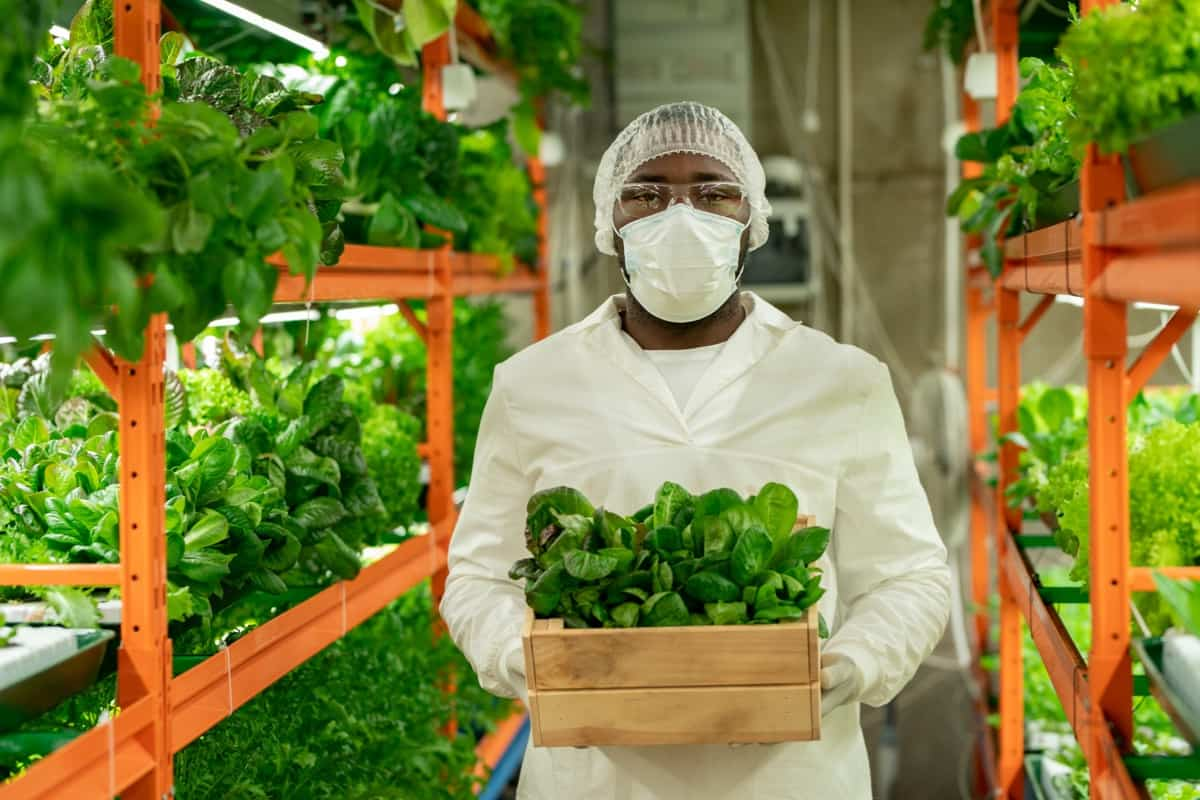
In order to maximize profit margins, profitability vertical farming is dependent on the selection of crops that are both intelligent and efficient. The cost benefit vertical farming approach stresses the savings that may be achieved through reduced water consumption and the absence of pesticides, which helps to compensate for the substantial initial investment.
| Crop | Yield (kg/Yr) | Revenue (₹ Lakhs) | Net Profit (₹ Lakhs) |
|---|---|---|---|
| Microgreens | 500 | 5.0 | 2.0 |
| Lettuce | 1000 | 3.0 | 1.0 |
| Herbs | 800 | 4.0 | 1.5 |
| Spinach | 1200 | 2.5 | 0.8 |
| Kale | 900 | 3.5 | 1.2 |
| Arugula | 600 | 4.5 | 1.8 |
15. Planning for Long-Term Success: Long-Term Upgrade Costs
When looking to the future, profitability is driven by sustainability. The term vertical farming long-term cost refers to the periodic improvements that are necessary to maintain competitiveness. For instance, replacing older LEDs with newer units can cost anywhere from ₹2 to ₹5 lakhs every few years.
The term sustainable vertical farming profit refers to the process of maximizing resources in order to maintain low operational costs while simultaneously selling commodities at premium prices. It is possible to make cost recovery vertical farming a reality with proper planning, particularly by capitalizing on the growing demand for fresh, locally grown fruit.
| Upgrade | Frequency (Yrs) | Cost (₹ Lakhs) | Savings (₹ Lakhs/Yr) |
|---|---|---|---|
| LED Units | 5 | 2.0 | 0.5 |
| Pump Systems | 3 | 1.0 | 0.3 |
| Software | 2 | 0.5 | 0.2 |
| Sensors | 4 | 0.8 | 0.2 |
| Climate Units | 3 | 1.2 | 0.4 |
| Training | 2 | 0.5 | 0.1 |
Conclusion
Although vertical farming has a number of substantial benefits, such as lower water consumption and increased yields, the high costs associated with it continue to be a barrier. Stakeholders in India have the ability to make this practice more accessible by concentrating on technology that are cost-effective for vertical farming and by utilizing government subsidies for urban agriculture.
From a niche concept to a mainstream solution, vertical farming has the potential to become a mainstream solution through innovation and strategic planning. This will ensure that future generations will have access to food and will be able to maintain themselves.

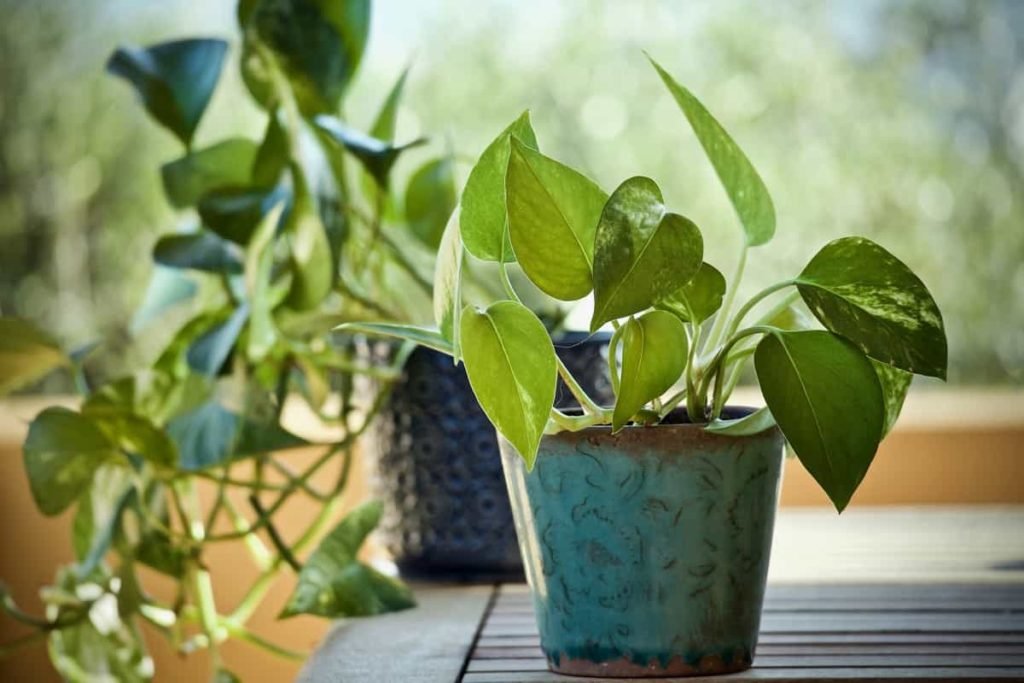

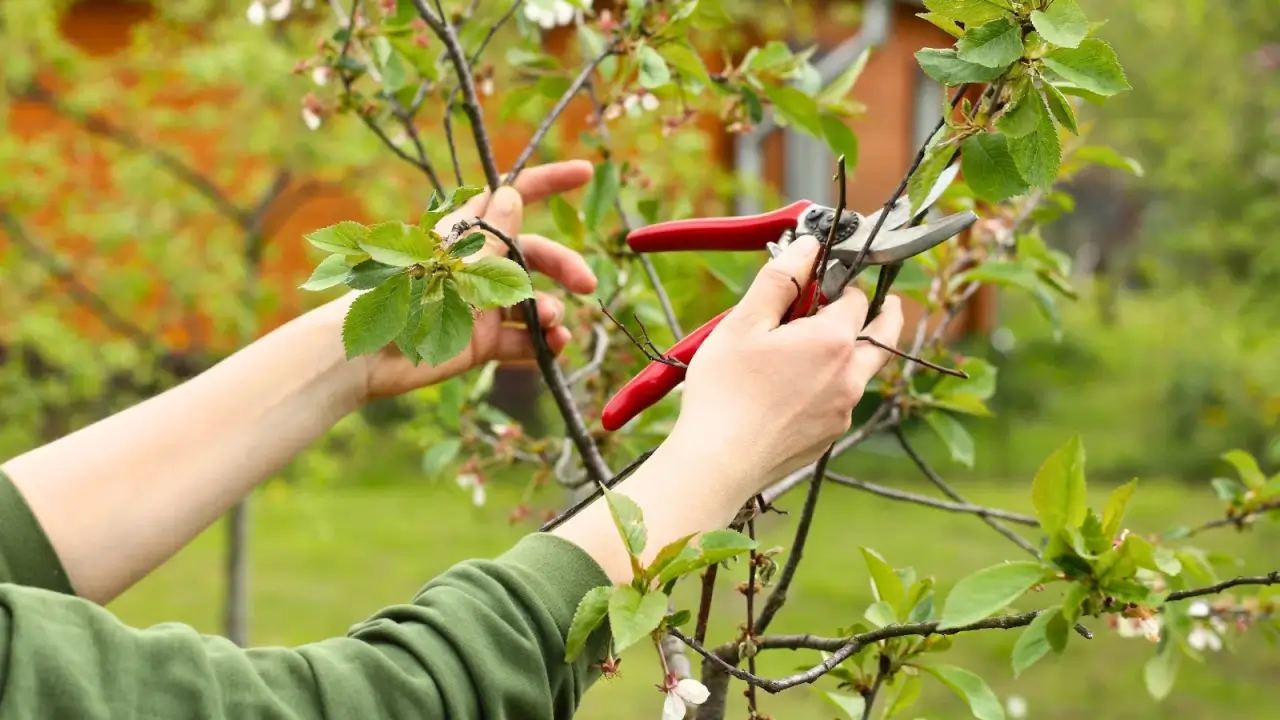


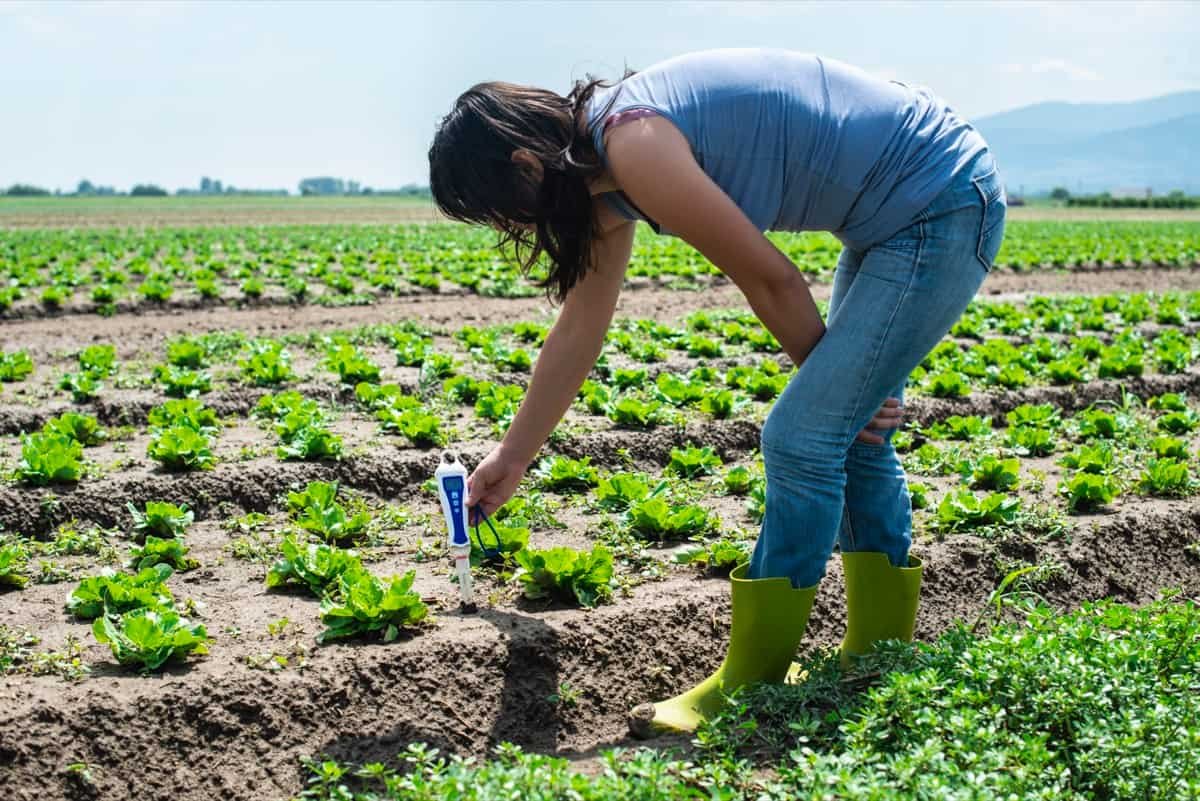








Leave a Reply